Dates 17 Oct 1899 – 21 Nov 1902 | ||
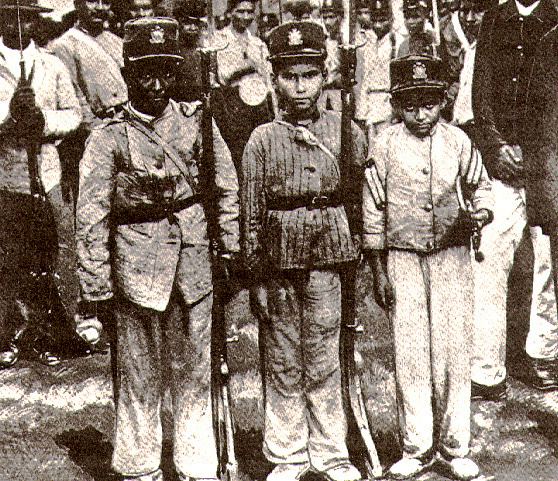 | ||
Similar La Violencia, Battle of Palonegro, Pastry War, Colombian conflict, Colombian Declaration of Indepe | ||
The Thousand Days' War (1899–1902) (Spanish: Guerra de los Mil Días), was a civil armed conflict in the Republic of Colombia, (including its then Department of Panama) between the Conservative Party, the Liberal Party and radical factions. During 1899 the ruling conservatives were accused of maintaining power by fraudulent elections. The situation was worsened by an economic crisis caused by decreasing international coffee prices. This mainly affected the opposition Liberal Party, which had lost power.
Contents
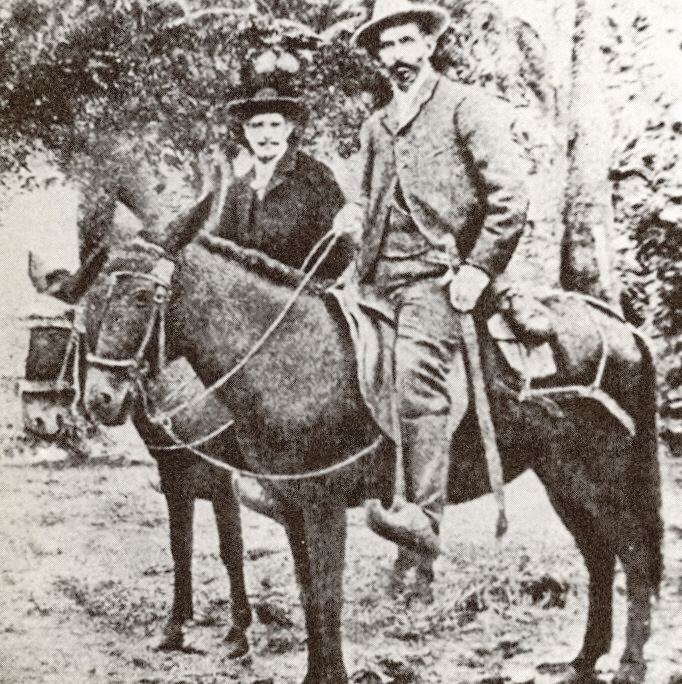
Prelude
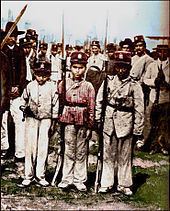
Throughout the 19th century, Colombia was a politically unstable country, a factor that evolved during 1886 into what became the main cause of the war. This was the year in which the 1863 constitution was suppressed and replaced by a more centralist and conservative document. The 1863 constitution had been criticized as a result of federalist excesses during the period in which the Liberal radicals were in power.
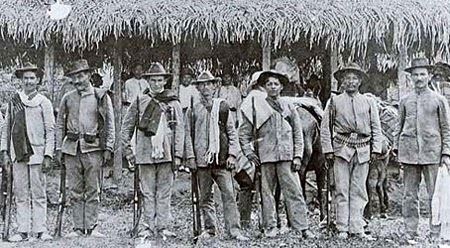
With the Regeneración (Regeneration) period and the creation of the 1886 constitution, the centralist regime only managed to aggravate the political problems. The governments of some departments soon began to complain about these problems to the central government. Poor political decisions also resulted in economic problems. The indigenous leader Victoriano Lorenzo had been fighting for Native American land rights and economic autonomy, and soon negotiated an alliance with the Liberal cause.
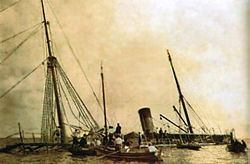
The war began as a result of confrontation between the Liberals and Conservatives. The Conservatives had used fraudulent elections to remain in power, and this resulted in much anger amongst the opposition. Additionally, President Manuel Antonio Sanclemente was too ill to rule the country, resulting in a power vacuum.
Liberal Revolt

The intended date for the beginning of the civil war was October 20, 1899. However, due to the imprudence of some of the Liberal generals who wished to begin the war on October 17, it was changed. The reaction of many Liberals was hesitant, since they believed that they did not have sufficient numbers or organization. Despite this, the rebellion began in the municipality of Socorro, Santander, and the rebels awaited military reinforcements from Venezuela.
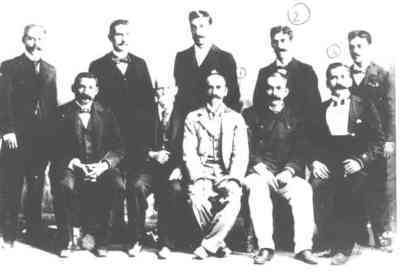
The Conservative government, however, was not idle while this was occurring. They prepared a military force to be sent to Bucaramanga, the capital of Santander. The force never arrived, however, because the troops refused to accept payment by "tickets", which the government had to use due to the dire economic situation. No one expected, or was prepared for, a war that would last three years and would result in disaster to the country. With time, the war spread to every part of Colombia.
The first Liberal defeats came early during the war, with the Conservative victory at the battle of Magdalena River on October 24. However, the Conservatives were in a delicate situation as well. The Conservatives had split into two factions, the Historical and National, in a frenetic attempt to bring order to the country. First, they dismissed President Sanclemente and replaced him with Jose Manuel Marroquin. In response, the Liberals nominated Gabriel Vargas Santos for the presidency.
The battles of Peralonso and Palonegro (in Santander) caused substantial damage. At Peralonso, the Liberals achieved victory by the direction of Rafael Uribe Uribe. At Palonegro (May 26, 1900) the Conservatives halted the enemy in what was an extraordinarily bloody encounter.
Beginning of the End
After Palonegro, the Liberals were divided into two different factions, this time pacifists and the warmongers. The Nationals of the Conservatives believed it was time to end the war, which by this time was mainly in the province of Panama and on the coast of the Caribbean Sea.
With that decision, internationalization of the war was avoided, though it was desired by the Venezuelan president Cipriano Castro (who recognized Uribe Uribe as President of Colombia). Conservative troops commanded by Marroquín managed to reduce Venezuelan aid to the Liberals (July 29), who at this time were suffering defeats by the Conservative General Juan B. Tovar. General Uribe saw that the Liberals would not be able to defeat the Conservatives, and therefore was inclined to surrender, albeit with certain conditions.
Treaties of Neerlandia and Wisconsin
The peace treaty was signed on the plantation Neerlandia on October 24, 1902, although the fighting lasted until November of that year in Panama. From late 1901, fighting occurred between the ships Admiral Padilla (Liberal) and the Lautaro (Chilean property, lent to the conservatives), the latter of which was defeated in front of City of Panama on January 20, 1902.
Later the threat was from the American navy, sent by the government of Theodore Roosevelt to protect the United States' future interests in the construction of the Panama Canal. The Liberals commanded by general Benjamin Herrera were then forced to surrender. The subsequent assassination of Victoriano Lorenzo is understood among indigenous Panamanians as the loss of their struggle for land rights.
The definitive peace treaty was signed on the American battleship Wisconsin on November 21, 1902. The Liberals were represented by general Lucas Caballero Barrera, who was in charge of the united army of Cauca and Panama, and Colonel Eusebio A. Morales, who was representing general Benjamin Herrera. The Conservatives were represented by general Víctor M. Salazar, governor of the department of Panama, and general Alfredo Vázquez Cobo, chief of staff of the Conservative army on the Atlantic Coast, the Pacific, and Panama. Together, representing the entire government, they signed the end of the war.
